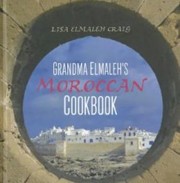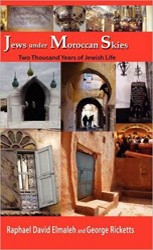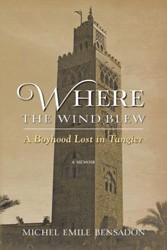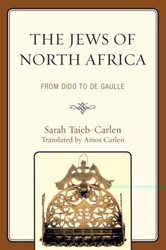André Levy’s Return to Casablanca focuses on the implications of the mass Jewish emigration from Morocco — both for the emigrants themselves and for those Jews who chose to remain in Morocco. Levy was born in Casablanca and moved to Israel with his family as a child in the 1960s. He narrates this book from a personal standpoint, describing his upbringing, studies, and family relations, as well as his visits to Morocco and encounters there.
While a good number of studies have been made regarding Morocco’s emigrants, very few have been conducted on the small Jewish community that stayed in Morocco. It is estimated that of the 250,000 Jews who lived in Morocco before the mass emigration, only some 3,000 remain, the majority of whom live in a small area in Casablanca. (Despite several requests, Levy was unable to receive population data from various Jewish organizations, apparently because of concern about exposing the dwindling numbers of the community lest this jeopardize aid from international organizations.)
A major focus of this book is the contraction of the Jewish community of Morocco and its effects on daily life, living environment, and relations with Muslims. Moroccan Jews mostly live in close proximity to each other and to their main communal institutions. Their contacts with Muslims are multifaceted; while often Jews try to keep a distance from Muslims, they do engage with the latter while working and shopping, and as neighbors. In these settings, they treat one another as individuals. One chapter deals with the unique relations between Jews and Muslims on the beach, especially among card-playing men. The idea of “diaspora” is also examined. What is “diaspora” for Moroccan Jews, Morocco or Israel?
Levy’s work has many merits: it is nuanced, detailed, intimately told. It would have been interesting, however, to learn more about the social and economic structure and conditions of the community that remained in Morocco. The book also would have benefitted from stricter editing (e.g., Cyrenaica is in eastern, not northern, Libya [p. 64]; Dar al-Harb means House of War, not House of Sword [p. 64]; a man is a “widower,” not a “widow” [p. 83]). This book will be an easier read for those accustomed to anthropological writings.
Return to Casablanca is an important contribution to the study of Jews in the Muslim world: not many communities still exist, and the Moroccan one is the largest. The book is also of interest for minority studies and its exploration of the notion of “diaspora.”
Related Content:





